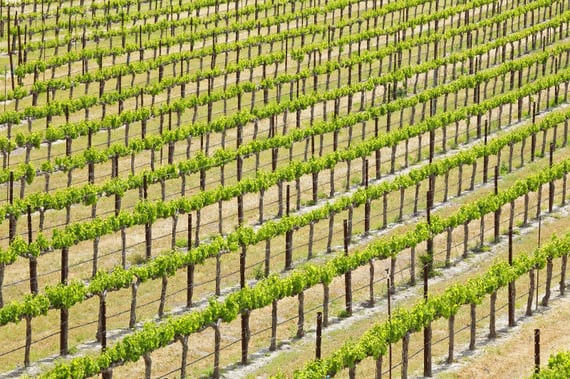
Completely customizable irrigation solution raises the bar on accuracy, scalability and cost effectiveness, Ceres Imaging announces the release of Water Recommendations to Australian growers and farm managers. This new solution prescribes exactly how much water to apply every week for each irrigation zone, minimizing waste and maximizing grower profitability.
Ceres’ Water Recommendations feature combines custom crop coefficients derived from aerial imagery with evapotranspiration forecasts to calculate the optimal number of inches of water to use. Data is tailored to specific fields, irrigation zones and local weather forecasts.
Historical water usage can serve as a guide for irrigation, but more dynamic data solutions are now needed amid water scarcity and the changing climate. Sensor companies that offer precision irrigation solutions calculate water requirements based on in-ground measurements, but they don’t capture field variability. So, these solutions may overestimate or underestimate water requirements for parts of the field that vary from the measurement location.
Ceres’ Water Recommendations takes a more targeted approach, providing customers with completely customized irrigation recommendations based on the actual water requirements of their plants as measured through Ceres’ water demand maps. These recommendations are more accurate, scalable and cost effective than competing precision irrigation solutions that rely on point measurements.
A data table and weekly plan are the main components of this Ceres solution:
- The data table presents the evapotranspiration forecast for the coming week, the crop coefficient values from the most recent water demand map flight and a custom total evapotranspiration forecast in inches of water summed over a calendar week.
- The downloadable weekly plan enables growers to share forecast data easily with their irrigation teams.
- Linked water demand maps take growers to the flight overlay so that they can get a deeper understanding of the data presented.
For more information, please visit our Sustainability Solutions, contact us for a free demo.
